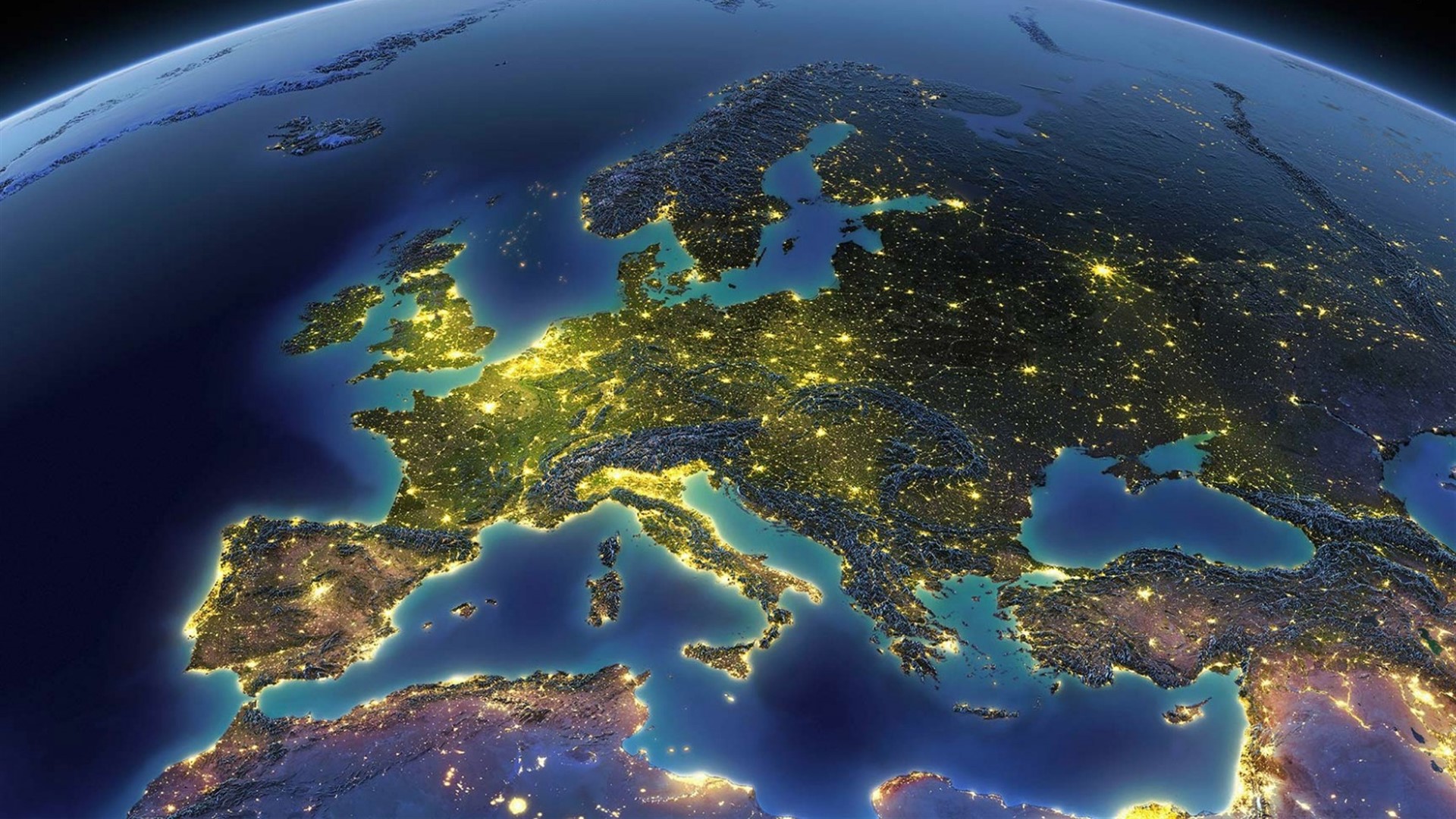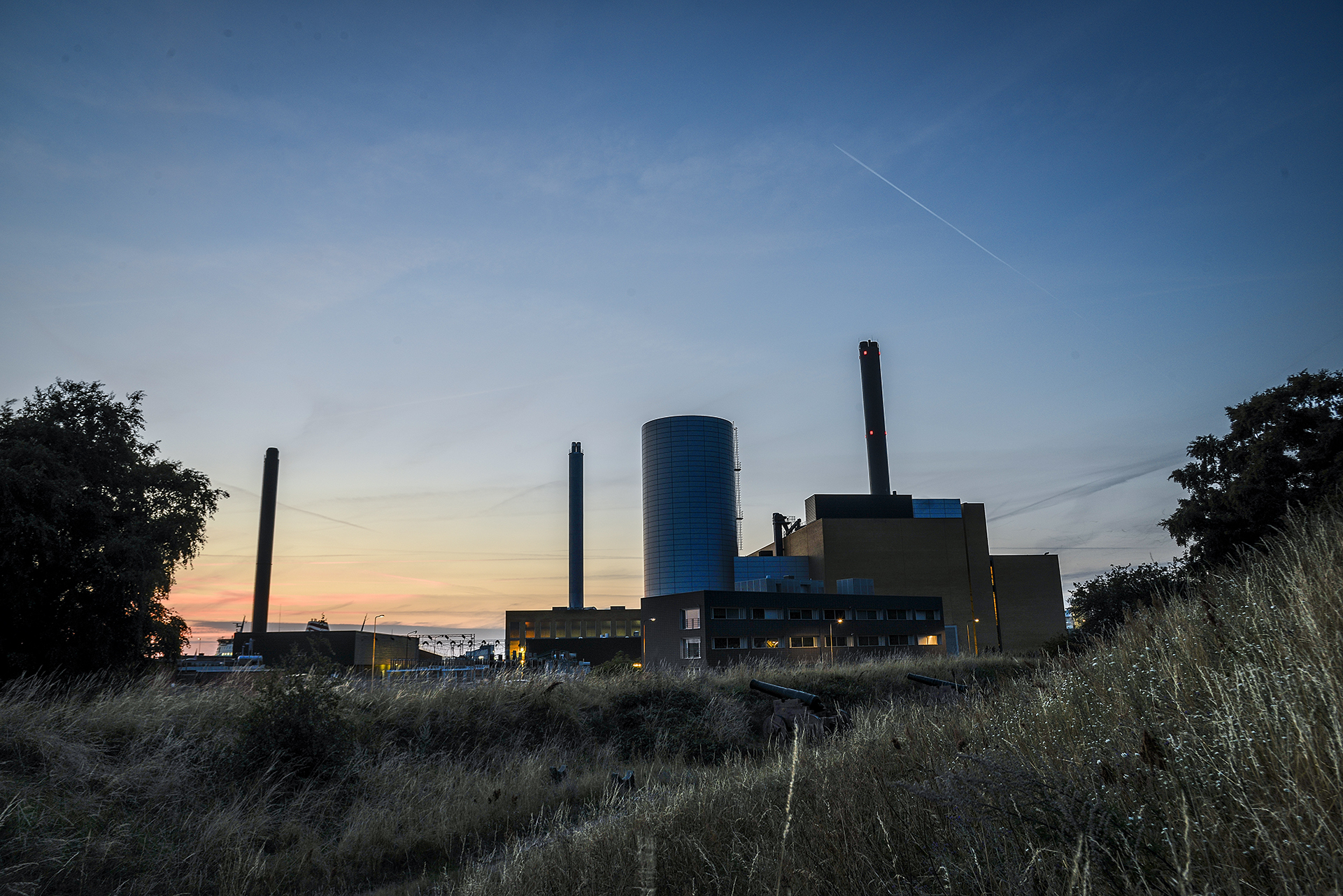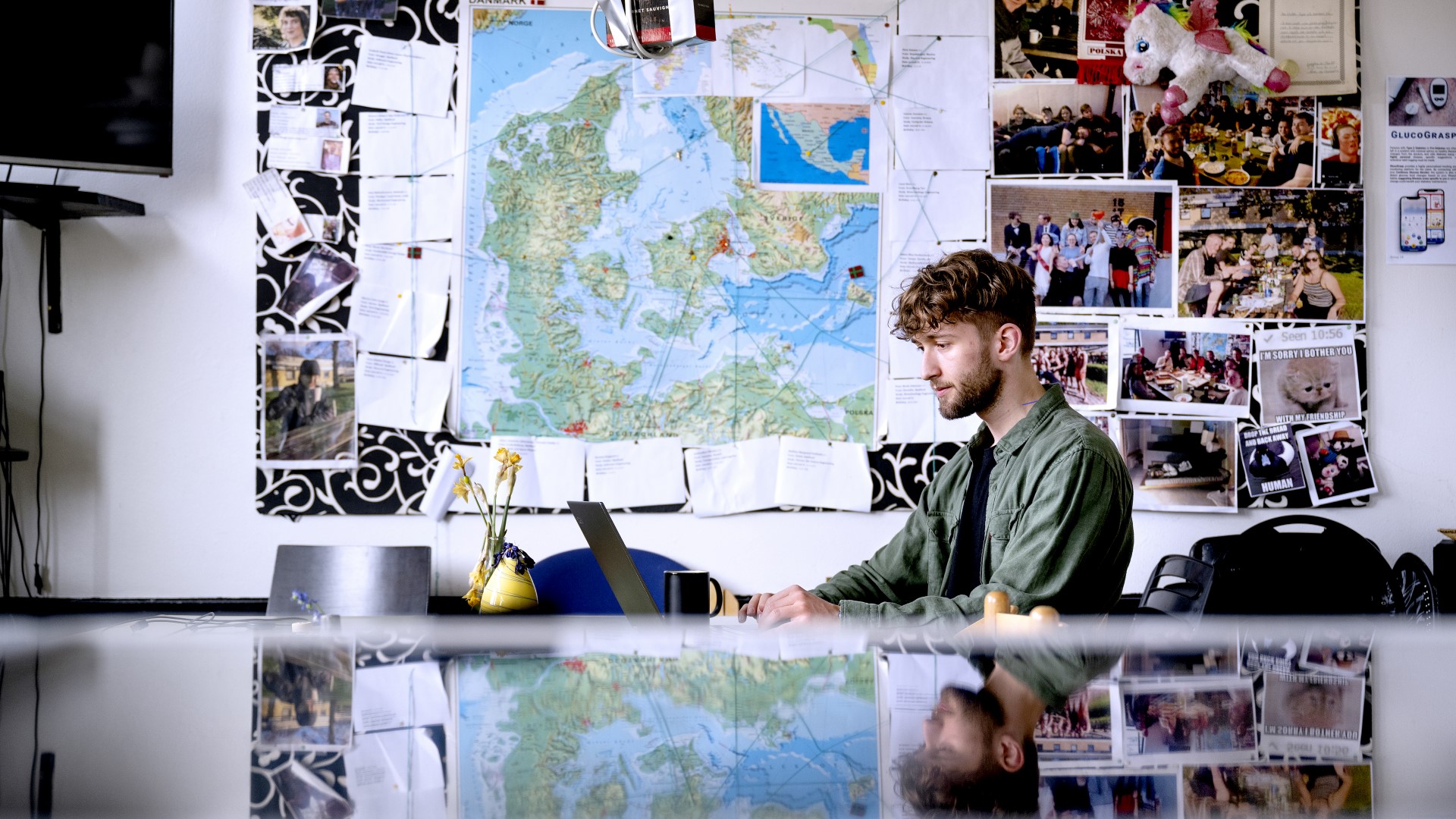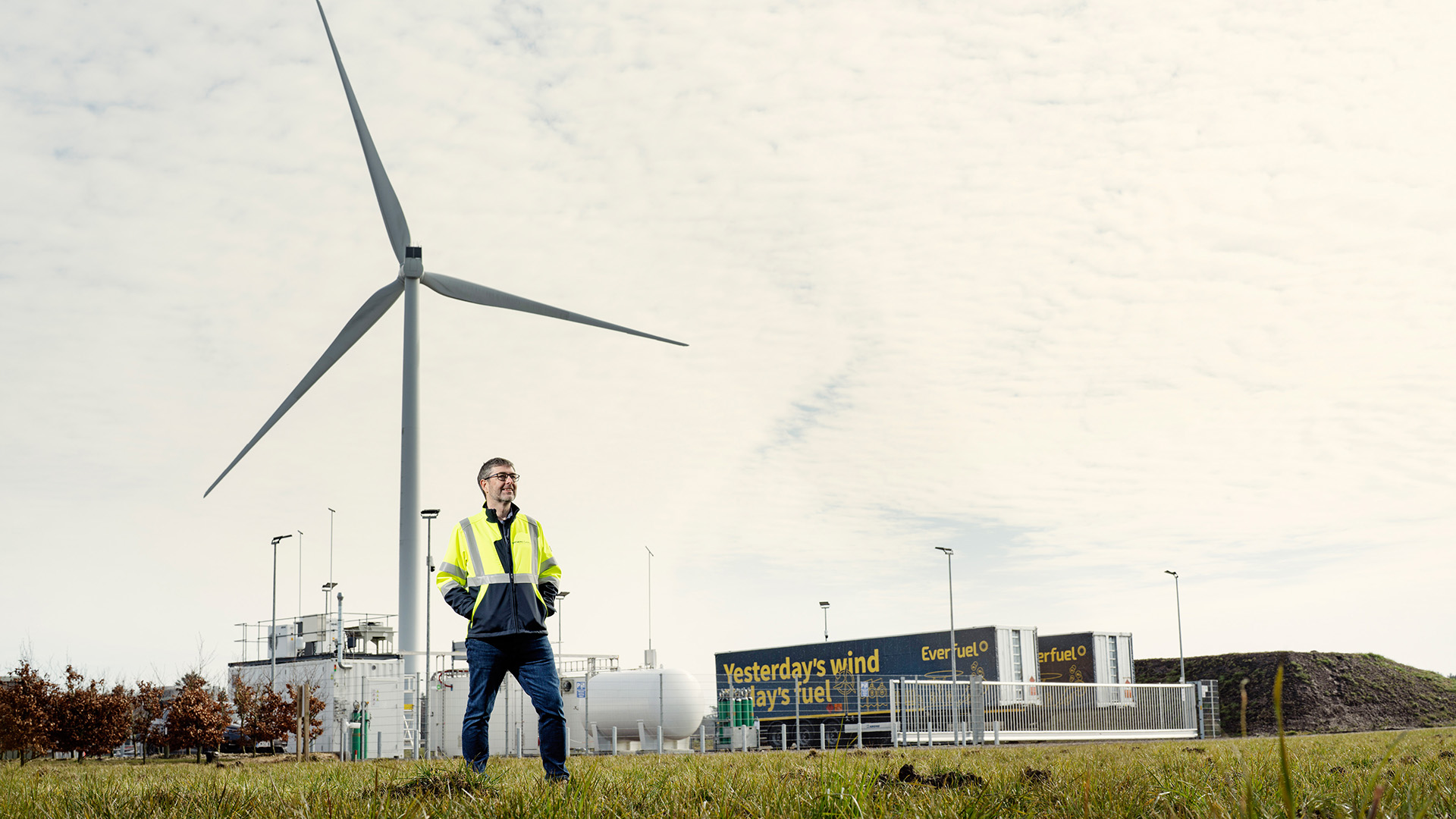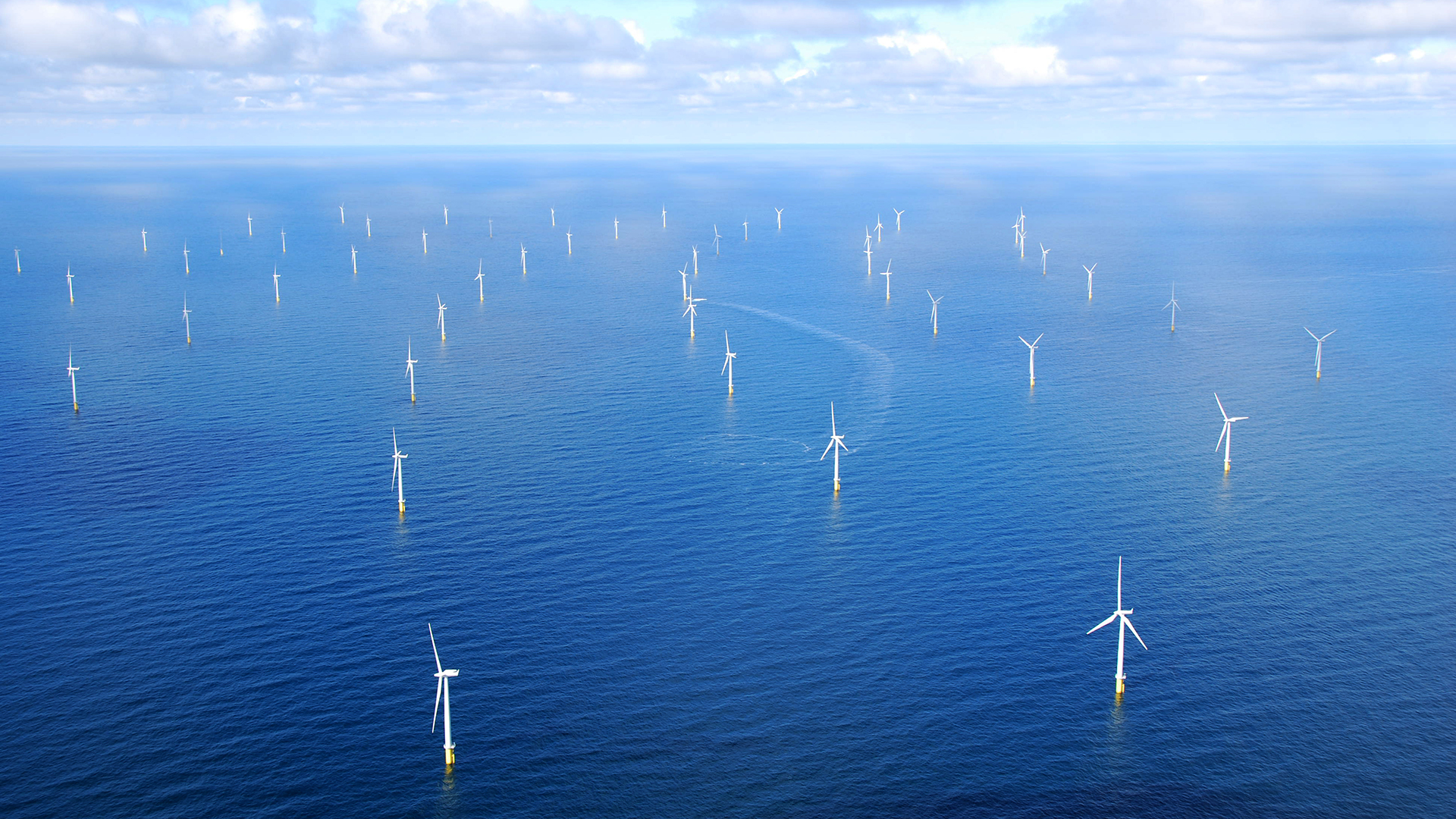Part of the Government’s plan to make Denmark independent of Russian gas is to speed up the establishment of the energy islands. To provide a happy ending, this requires prioritization of research, writes Professor Jacob Østergaard in a column.
Column by Jacob Østergaard, Professor, DTU Electro. Published in the media Klimamonitor on 25 April.
One thing is crystal clear after Russia’s invasion of Ukraine: A broad political majority - both nationally and in the EU - will put an end to the EU’s dependence on Russian gas and oil. The Danish Government recently presented its plan for how to achieve this.
In a new Governmental energy proposal containing five specific initiatives, one of the initiatives highlights the need for Denmark to “(...) reap the full offshore wind power potential” and “initiate the preparation of new energy islands in the North Sea.”
It is not a new initiative that the Government wants to establish energy islands in Denmark. Before the outbreak of the war in Ukraine, it had long since been decided politically that two giant offshore wind farms - located at Bornholm and on an artificial island in the North Sea, respectively - were to supply green power and hydrogen to Danish companies and consumers.
The Government’s original plan was that the energy islands were initially to have a capacity of 5 GW of offshore wind power, corresponding to the electricity consumption of five million households. They were subsequently to be expanded to a total capacity of 12-13 GW of offshore wind power.
The new element is that, with the Government’s new proposal, the process will be greatly speeded up and will, without reservations, aim for full wind power capacity from the outset. In the North Sea, this means that, going towards 2050, the Government will exploit the full potential for offshore wind power - which is estimated at 35 GW - and that it will already now begin the preparations for the establishment of new energy islands in the North Sea.
This is big news and will revolutionize Denmark’s and the EU’s future energy systems much faster than expected. This is also good news from a research perspective. The plans take into account the current security policy situation, while also constituting an ambitious approach to the issue of climate change and the green transition.
However, the planned change of pace for the energy islands goes hand in hand with a need for higher prioritization and acceleration of research and development of the necessary technological solutions. The expansion must be fast, yes, but - at the same time - it is important to avoid errors and deficiencies from outset. Otherwise, we will be back to square one.
Goals can be achieved with innovation and new technologies
The status is that we have come far on many points. On Bornholm, for example, solutions and opportunities are already being tested. However, we must also recognize that we need more knowledge, innovation, and technology to reach our goals.
We still need to figure out how Power-to-X and hydrogen are best incorporated in the energy system. We need to establish how we can management and handle the electrical plants on the actual islands. We need to develop solutions for effective integration of the energy islands into a smart, digitized energy system. And we actually also need to find out how we design and further develop the current offshore wind turbines to ensure that they function optimally when they form part of an energy island and are not connected to the usual energy system as we do today.
We should therefore not ‘just’ have politicians set ambitious goals, as has now been done. We also need them to pave the way for our ability to meet these goals. In specific terms, the Government must prioritize - also economically - that researchers, companies, and authorities lead the way in establishing this. The distant vision must be turned into a tangible political objective that can be used as a guiding principle in the day-to-day work. For example, there is a good basis for developing Energy Island Bornholm into a first-class testing facility where the various stakeholders acquire direct access to test the relevant technologies.
This will be expensive - but necessary. In addition, calculations from DTU show that just a few innovative technological initiatives in the expansion of the energy Islands can result in cost reductions of DKK 20 billion. This is equal to approximately 10 per cent of the total construction costs of DKK 210 billion which the Danish Ministry of Climate, Energy and Utilities has estimated that the energy island in the North Sea will cost.
All options are currently open to us to provide a happy ending to the current energy crisis. We need to move quickly, and we must also move wisely, so that what we are doing now becomes future-proof by ensuring optimal solutions from the outset. Otherwise, we risk once again putting ourselves in a vulnerable situation that could have serious consequences.
Contact
Jacob Østergaard Professor, Head of Division Department of Wind and Energy Systems Phone: +45 45253501 Mobile: +45 25130501 jaos@dtu.dk

